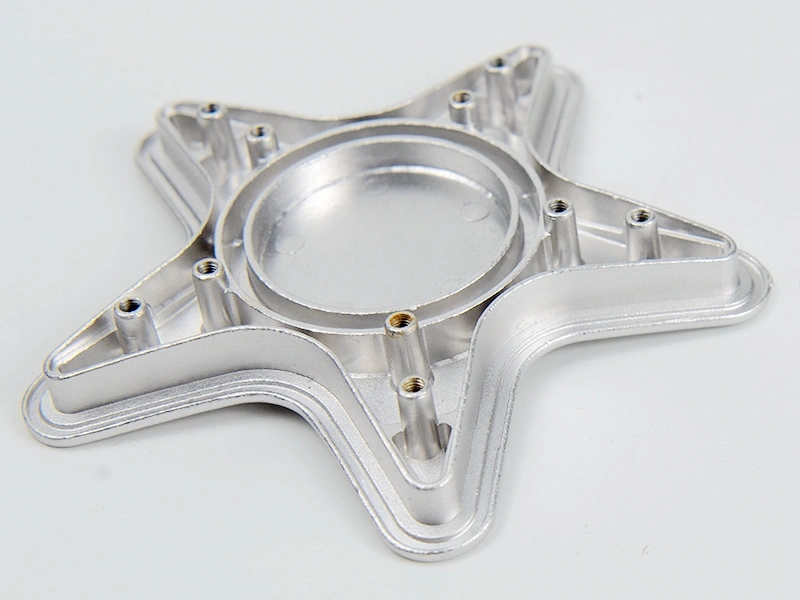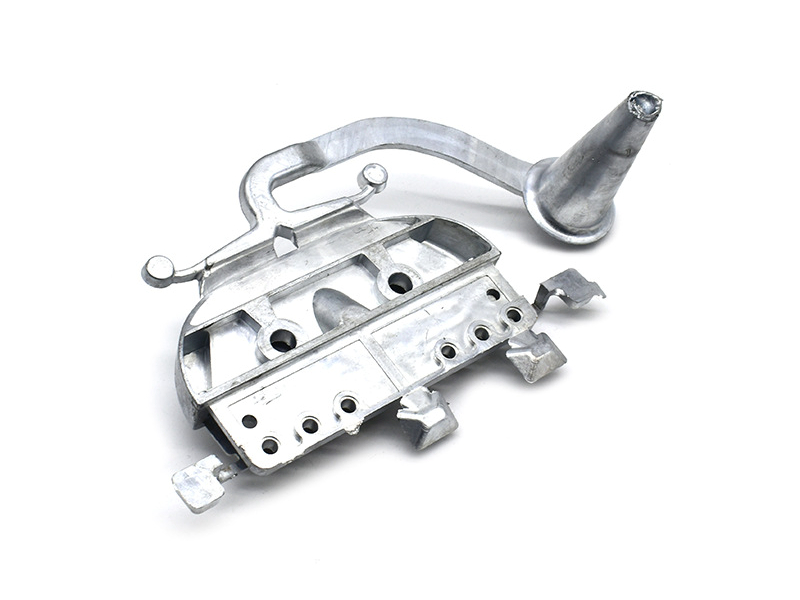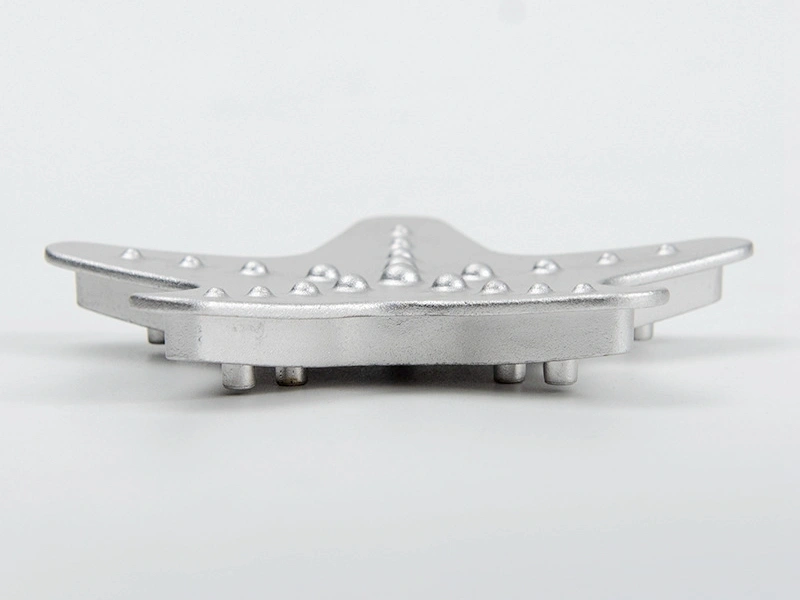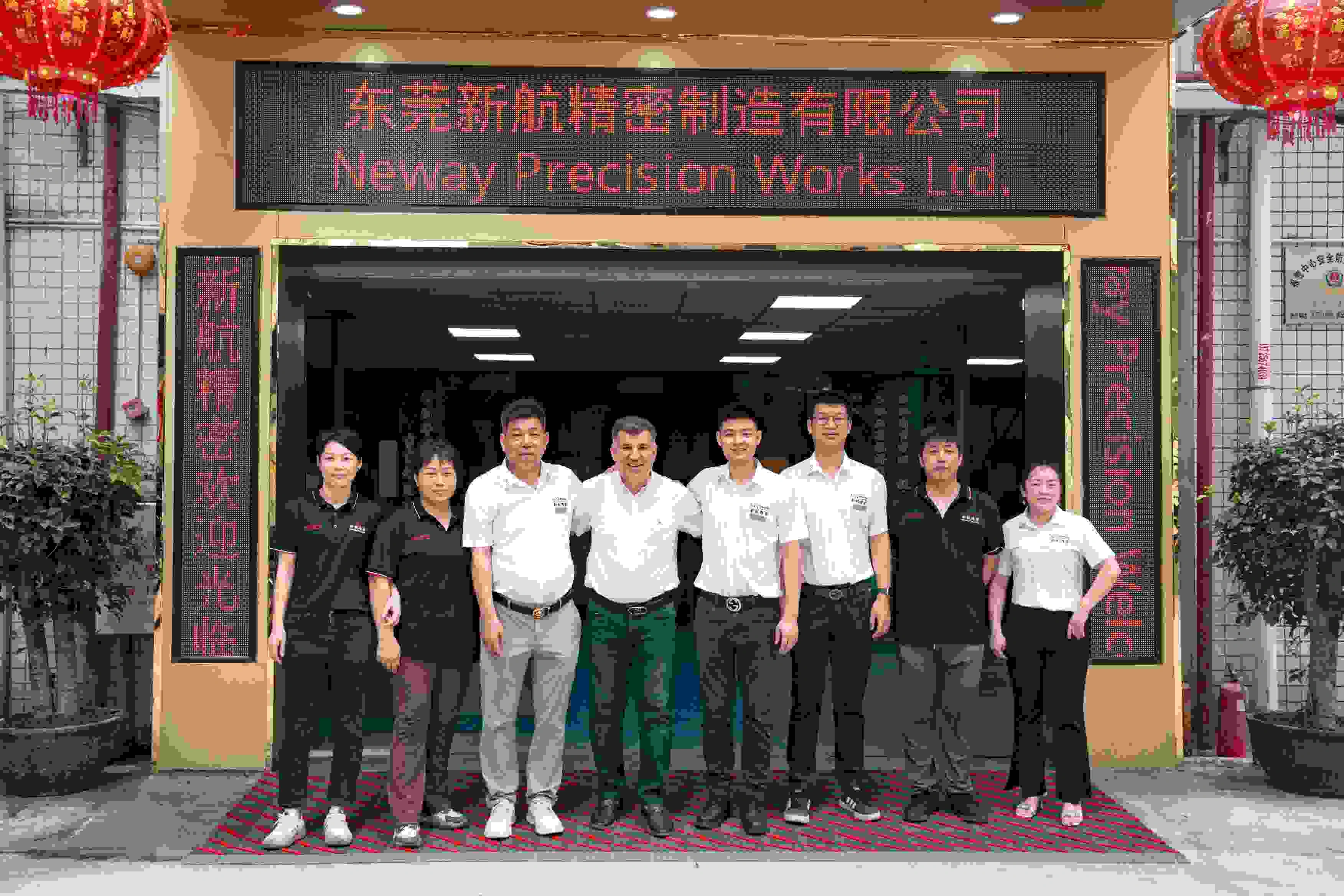How does zinc die casting compare to plastic or aluminum in exterior handle strength?
How Does Zinc Die Casting Compare to Plastic or Aluminum in Exterior Handle Strength?
Material Requirements for Exterior Handles
Exterior automotive and industrial handles must withstand repeated mechanical loads, resist environmental exposure, and maintain dimensional stability over time. Strength, stiffness, impact resistance, and finish durability are critical. Zinc die casting, aluminum casting, and high-strength plastics are all used depending on application demands, but their mechanical performance differs significantly.
Zinc Die Casting: High Strength and Rigidity
Zinc alloys such as Zamak 5 and Zamak 3 provide:
Tensile strength: 280–330 MPa
Yield strength: 220–280 MPa
High hardness (HB 80–100)
Excellent dimensional accuracy and low creep
Ideal for compact handles with high structural load or locking mechanisms
Zinc die cast handles can integrate mounting points, fastener bosses, and textured surfaces in one piece, reducing assembly while increasing structural integrity.
Aluminum Die Casting: Lightweight with Good Strength
Aluminum alloys like A380 or A360 offer:
Tensile strength: 275–310 MPa
Lower density (~2.7 g/cm³)
Moderate stiffness and good corrosion resistance
Preferred for applications requiring weight reduction and thermal performance
Aluminum handles are strong but require thicker sections or added reinforcement to match zinc’s rigidity in compact designs.
Plastic (Engineering Thermoplastics): Lightweight but Lower Strength
High-performance plastics such as nylon (PA6, PA66) or polycarbonate blends are used for:
Tensile strength: 60–120 MPa (glass-filled: up to 200 MPa)
Density: ~1.2–1.4 g/cm³
Excellent corrosion resistance and low weight
Susceptible to UV degradation, creep, and deformation under high loads
Plastic handles are ideal for non-load-bearing applications or when cost and weight are critical, but they often require metal inserts for fastening or reinforcement.
Mechanical Comparison Table
Property | Zinc Die Casting | Aluminum Die Casting | Plastic (Reinforced Thermoplastics) |
|---|---|---|---|
Tensile Strength (MPa) | 280–330 | 275–310 | 60–200 (glass-filled) |
Hardness (HB) | 80–100 | 60–80 | 10–20 |
Creep Resistance | Excellent | Good | Moderate to poor |
UV/Weather Resistance | High (with coating) | High | Varies (requires additives/coating) |
Dimensional Stability | Excellent | Good | Lower (temperature-sensitive) |
Weight Advantage | Heaviest (~6.7 g/cm³) | Moderate (~2.7 g/cm³) | Lightest (~1.2–1.4 g/cm³) |
Best Use Cases by Material
Zinc: Compact, load-bearing exterior handles (e.g., vehicle doors, industrial equipment)
Aluminum: Lightweight handles with larger surface area and moderate load (e.g., truck compartments, utility covers)
Plastic: Non-structural exterior handles, often used in combination with metal reinforcements
Neway’s Exterior Handle Manufacturing Capabilities
Neway offers robust solutions for exterior handle production, including:
High-strength zinc die casting for complex, load-bearing designs
Lightweight aluminum die casting with integrated mounting features
Durable surface finishing like powder coating or painting for UV and corrosion protection
Complete tooling and rapid prototyping for new handle designs



